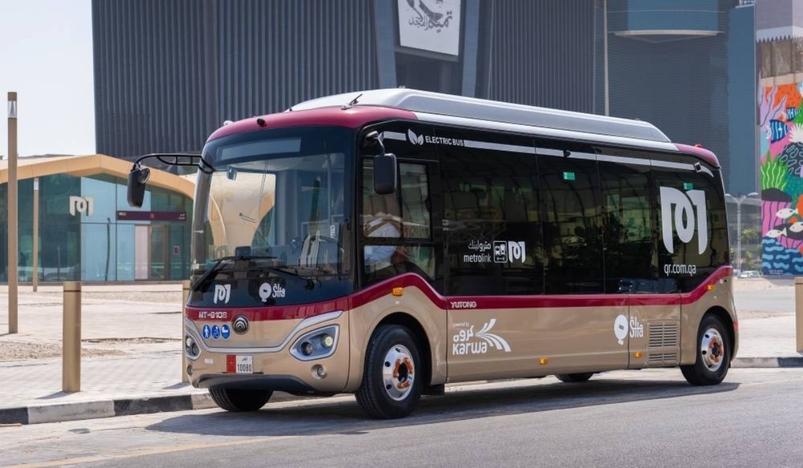
Electric Vehicles Help Reduce 1.6 million kg of CO2 During FIFA
From the start of the major sport event on November 20 until December 6, 2022, the Ministry of Transport's use of electric cars to transport FIFA World Cup Qatar 2022 spectators helped decrease 1,684,256kg of carbon emissions.
This is the same as 12,205 trees absorbing carbon emissions for a year.
The action is a part of Qatar's extensive efforts to host the first FIFA World Cup that is carbon-neutral, which are supported by a wide array of programs, including free public transportation for guests and staff, a ban on domestic flights, green building techniques, extensive recycling and composting, and electric vehicles.
“During the first part of #Qatar2022, our #ElectricVehicles transported passengers over a distance of 1.8 million kilometres, preventing over 1.6 million kilogrammes of CO2 emissions,” the Ministry of Transport tweeted.
According to the Ministry, the use of 900 electric buses from Tournament Bus Services (TBS), which ran 141,309 hours and traveled 1,848,393 km during the research, helped minimize carbon emissions. Transporting a large number of fans each day and reducing carbon footprint are also significant responsibilities of the Doha Metro and Lusail Tram services.
One of the key initiatives undertaken by Qatar to fulfill its pledge to hosting the first FIFA World Cup to be carbon free is the Al Kharsaah Solar PV Power Plant (KSPP). According to the Supreme Committee for Delivery & Legacy (SC), Qatar's new 800 MW solar power facility will help offset about half of the emissions produced by the nation's hosting of the FIFA World Cup.
Qatar will save 1.8 million tonnes of carbon by 2022 thanks to the Al Kharsaah Solar PV Independent Power Producer Project. The facility, which started operating in October, will significantly lower Qatar's carbon impact.
The project has a 10 km footprint, or 1,400 football fields. It is anticipated to produce almost 2,000,000 MWh in its first year of operation, which is equal to the energy needs of about 55,000 Qatari households.
With a total capacity of 800 megawatts, the KSPP is one of the biggest power plants in the area in terms of size and capacity (MW). With the collaboration of the public and private sectors, Qatar, represented by the Ministry of Environment and Climate Change and Supreme Committee for Delivery and Legacy (SC), is carrying out a number of environmental projects to host the FIFA World Cup in the most sustainable manner possible.
.jpg)
Qatar Secures Place Among the World's Top 10 Wealthiest Nations
.jpg)
Hamad International Airport Witnesses Record Increase in Passenger Traffic

Saudi Arabia: Any visa holder can now perform Umrah

What are Qatar's Labour Laws on Annual Leave?
Leave a comment